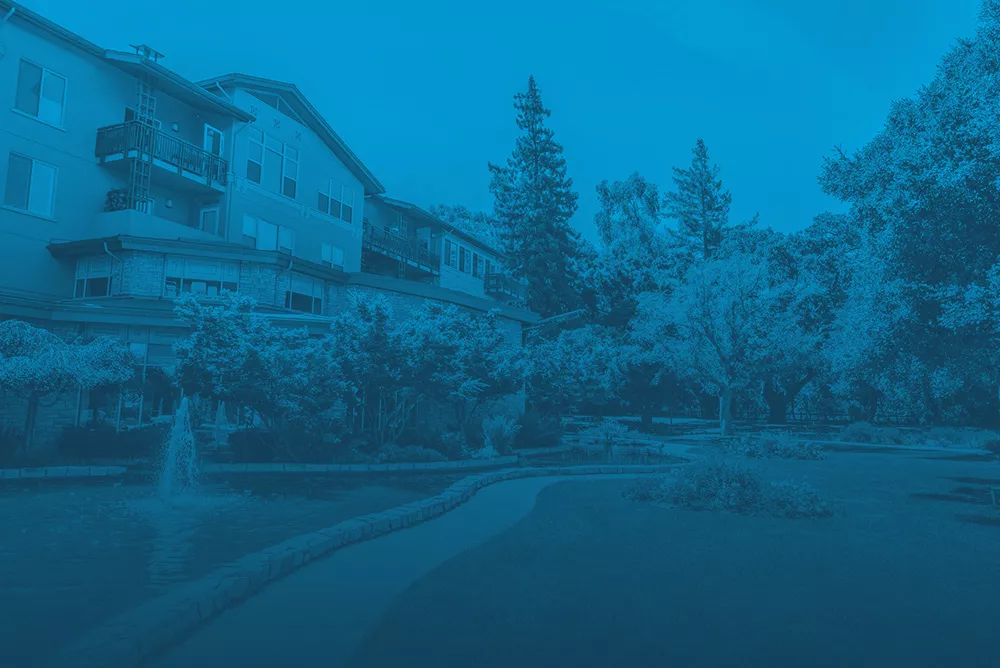A Missouri continuing care retirement community (CCRC) will spend $250,000 each year from now through 2016 to update its campus with light-emitting diodes (LED) lighting, which it says will save the community big bucks in the long run.
John Knox Village, in Lee’s Summit, Mo., will be upgrading lighting at 15 of its existing buildings, and adding LED lights to a 56,000-square foot new building.
Providers say the product is a good fit for senior living communities because LED lights outlast other types of lights, which can save money long-term, in both energy and bulb replacement costs.
“It’s a no brainer,” says Billy Hammerly, director of operations and development at John Knox Village, adding that all light poles along the 450-acre campus’ 14 miles of roadway will also be retrofitted with LEDs. “It’s a significant upfront cost, but a very short-term pay back.”
LED lights will reduce energy consumption, lowering utility bills in the long run, Hammerly says, adding that the CCRC expects the difference in price between LED and regular light fixtures will be paid back within five years time. LED fixtures can be one and a half to twice as much as regular, or fluorescent, lights.
Some light solution providers are also zeroing in on assisted living facilities (ALFs), taking note that ALF’s supply and demand continues to outpace other sectors of senior living.
And demand for LED lighting among assisted living providers is increasing, says Scott Oldner, owner of Scott Oldner Lighting Design, adding that LED lighting is ideal for communities that need to be lit around the clock.
LED lights can reduce lighting costs for assisted living properties by 30% to 40%, says John Bruner, president of Managed Green.
“In California, the utility rate per kilowatt hour is approaching $0.15 cents. At that rate it would cost $1.50 to run a 100 watt light for 100 hours,” he says. “The 10 watt LED bulb produces the same amount of light and costs $0.15 to operate over the same 100 hours. As a result, the LED solution reduces the power, and the operational cost by 90%.”
A 75-bed assisted living provider in southern California recently switched all of its lighting — both indoor and exterior — to LED and now spends $11,200 less in lighting costs per year, Bruner says.
LED material costs over time are also less expensive, he says, because they last longer than typical lights.
As the assisted living sector has become a focus for Managed Green, it is also being pursued by international lighting solutions company Acuity Brands, Inc. In the last six months Acuity has launched an assisted living channel for its LED products, says Ryan Ramaker, senior value string manager for decorative products.
The importance of 24-hour lighting and need for lighting in all spaces make LED lights attractive to assisted living communities, Ramaker says, adding that some LED lights can last for 50,000 hours, or eight to nine years.
LED lighting is a trend that’s likely to catch on among all types of senior living providers, says Hammerly.
“It’s been a trend in construction of universities and other institutions over the past several years,” Hammerly says. “Senior living will follow.”
Written by Cassandra Dowell
Companies featured in this article:
John Knox Village, Managed Green, Scott Oldner Lighting Design

